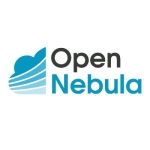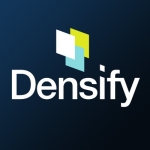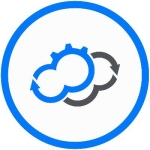Execution modules. It is designed for system administrators rather than for developers. It covers maximum functionality and makes automation easy.
As it provides maximum functionality, it keeps automation short and sweet. This helps writing automation in a modular format. SaltStack helped us in optimizing infrastructure related tasks, such as operations.
There should be some mechanism to push agents to the target device. Also, it should focus on managing networking devices.
In order to manage Salt minions from a Salt master, we have to install the Salt agent. As of now, there is no mechanism by which we can push and install this agent on a target machine.
For example:
- A - Salt Master
- B - Windows machine
From A, we want to control B. For this to happen, B should have a Salt agent running on it. There should be some mechanism in which we are able to push and install a Salt agent from A to B. This is assuming that we have to provide an IP address and the credentials of B.
For now, there is concept of Saltify, in which we can partially achieve the above scenario.
We have been using this solution for close to a year.
We found some intermittent issues with the Windows minion connection.
The installation is straightforward and is pretty much a simple setup.
We have used the open source version. In open source, you will get good enough functionality.
We have evaluated this product against Puppet, Chef, and Ansible.
As a DevOps engineer, this CM tool is truly made for system administrator usability rather than for the developer.
















